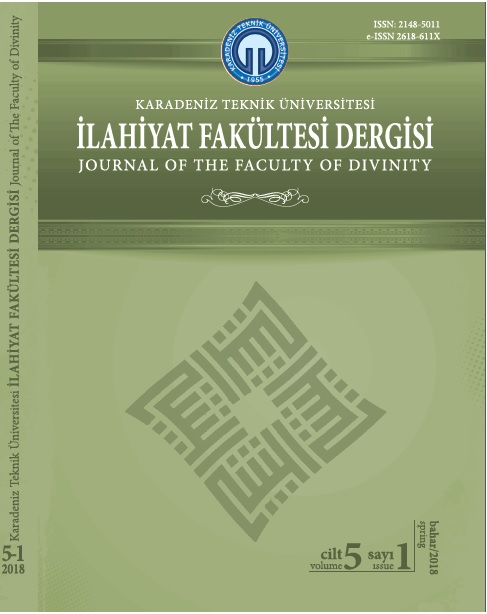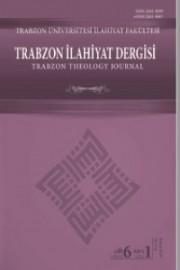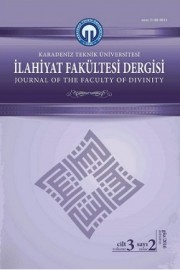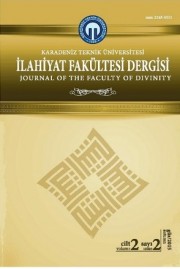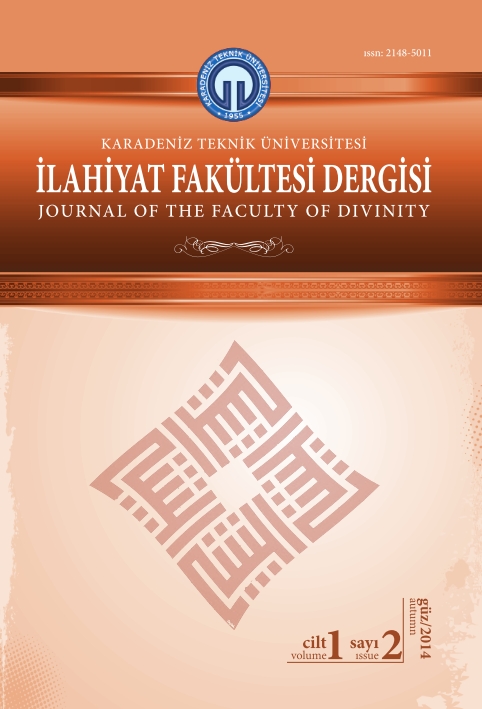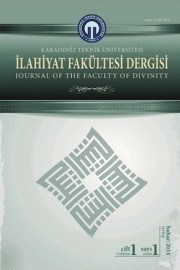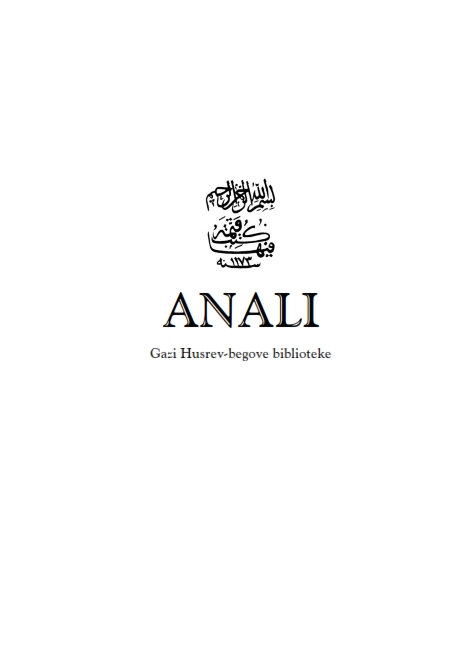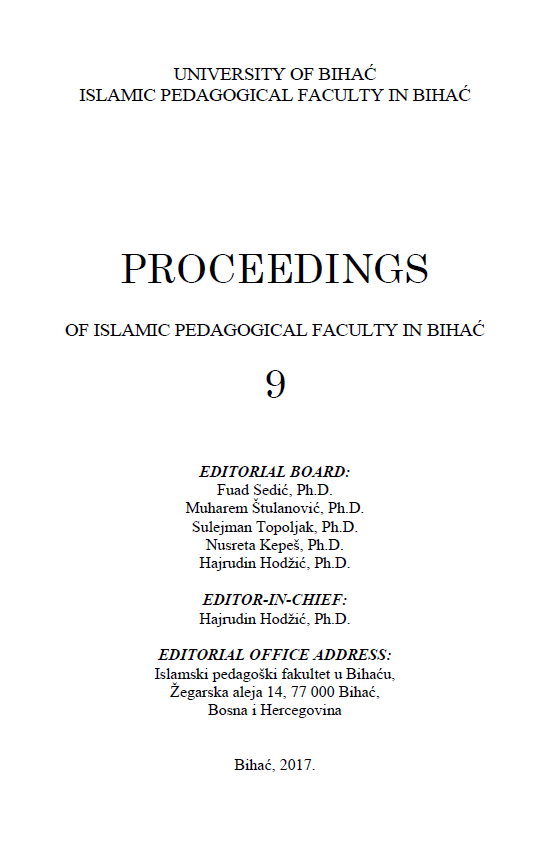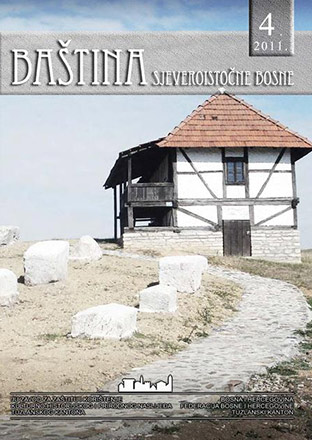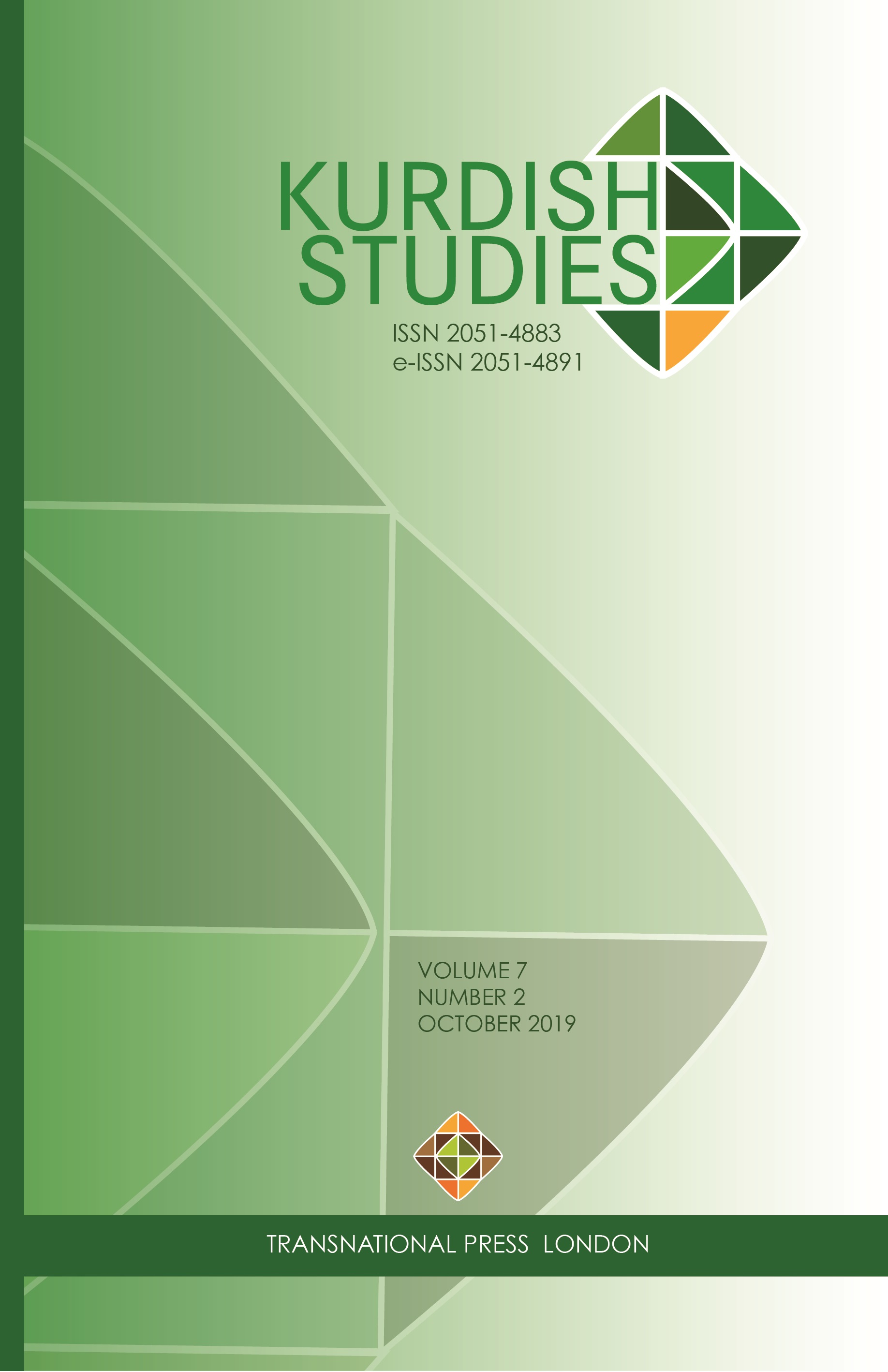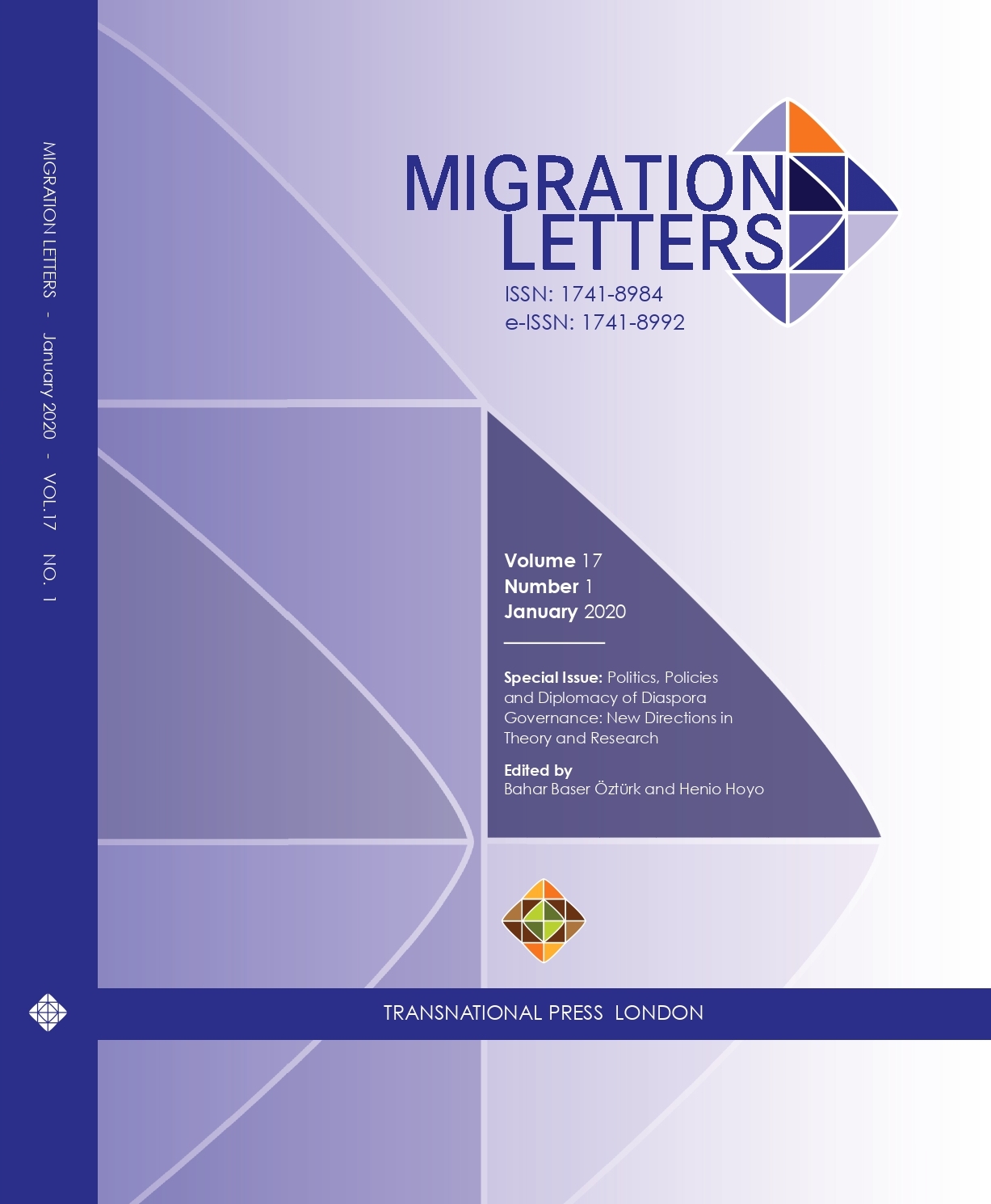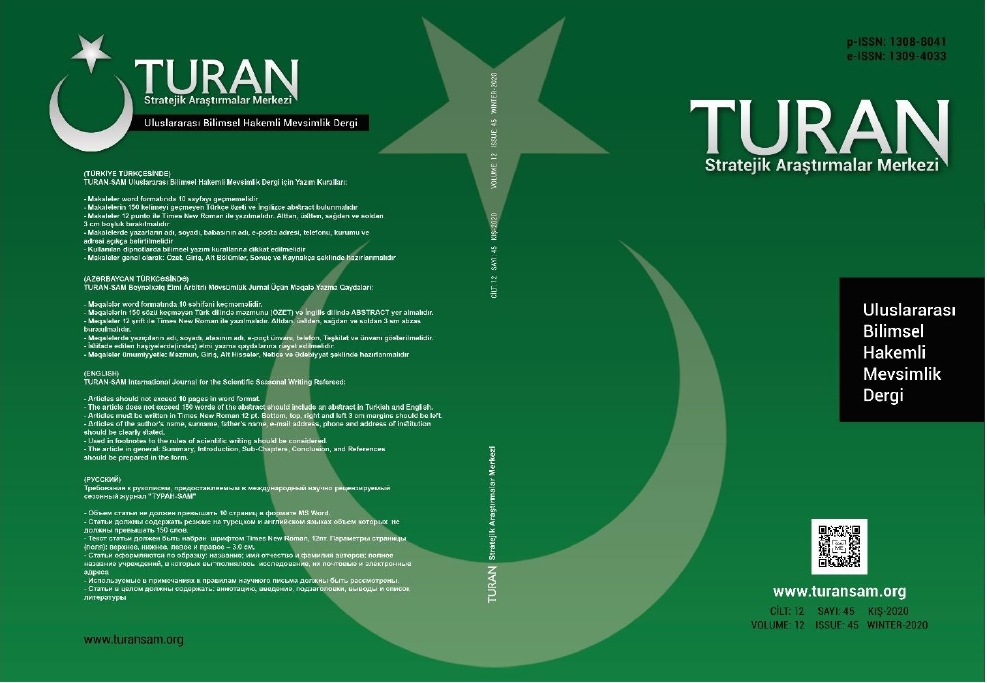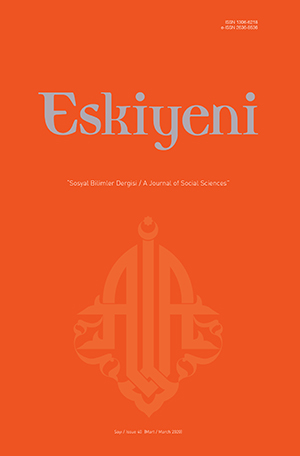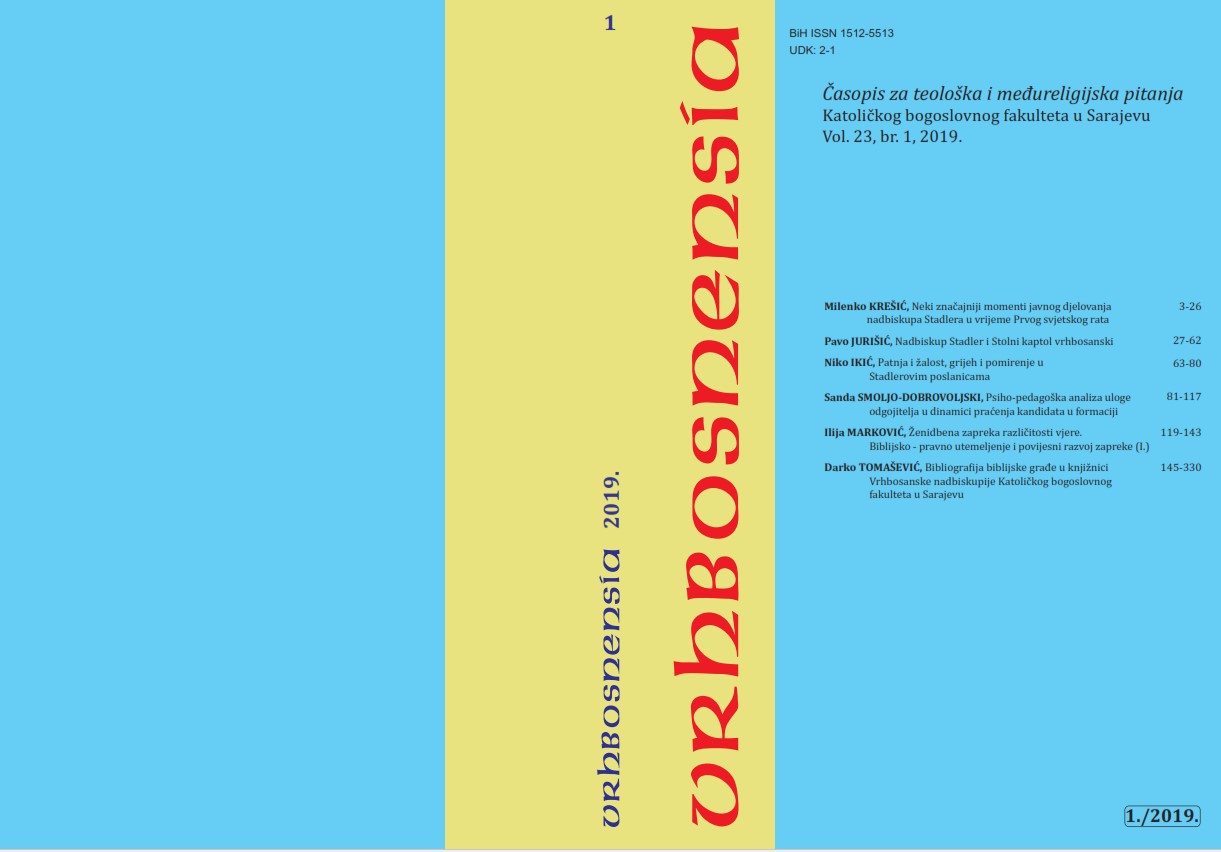Author(s): Ahmet İnanır / Language(s): Turkish
Issue: 40/2020
Mudārabah is a type of partnership that was founded by putting labor on the one hand and capi-tal on the other, dating back thousands of years before Islam. In Islam, this partnership has been accepted as legitimate and used by Muslim societies. This partnership has included in the classic fiqh books as a separate section from the şarikah subjects. Mudārabah partnership continues to exist in various ways today. Participation finance which is developing day by day collects capital based on this partnership. Some researchers even recommend it as an alternative method to participation banking based on contemporary usury especially the interest finance system. For this reason, whether the partnership in question is of a nature to perform the task expected from it will only be revealed by knowing the historical experience. Furthermore, determining the change that this partnership has undergone in the historical process will help to understand its current situation and the way it will take in the future. Because, depending on the human expe-rience in the historical process, it is seen that some provisions and consequences of the partners-hip have changed. The partnership structures, which were simple in the first periods, have gained more and more technical features. For this reason, it is of great importance in terms of economic history to determine and how the Ottoman period partnerships were established in the 16. and 18. centuries, which business lines were widely used, and what legal problems and solutions were produced during this period. In this way, functional determinations can be made as to whether the contract will be able to fulfill the function expected today.This research tries to put forward the various legal problems and solutions faced by the conflict partnership based on Ottoman fatwa literature in the 16. - 18. centuries. Because the current problems encountered with the application have been the subject of fatwas as well as fiqh books. Fort this purpose, fatwa journals belonging to Ibn Kemal (d. /9401534), Ebu’s-su‘ud Efendi (Abū l-Su‘ūd) (d. 982/1574), Sun‘ullah Efendi (d. 1021/1612), Feyzullah Efendi (d. 1115/1703) and Yenişe-hirli Abdullah Efendi (d. 1156/1743), who stand out in terms of recognition and accessibility in the aforementioned centuries have been collected and fatwas that can be determined on the subject have been evaluated.In the Ottoman period fatwa literature, the contractual contract takes place in separate titles separate from the company department, as in the tradition of fiqh. It is understood that fatwas related with mudārabah mostly reflect the problems and solutions that arise during the applica-tion. When the prominent fatwa journal of the research subject are examined, it is seen that the mudārabah partnership has been widely used in Ottoman society in terms of both number and issues. Due to the fact that this partnership can be said to be one of the most useful tools for the capitalist to operate his capital and to meet the financing needs for the entrepreneur. It seems that some people especially women, who do not have the opportunity to trade, prefer this part-nership.Expressions such as “Zeyd Captain”, “Black Sea and the Mediterranean”, which are frequently mentioned in mudārabah related to fatwas are observed that a partnership has been made mainly in the Istanbul-centered, Mediterranean and Black Sea basins for the agricultural and commercial works in the Ottoman Empire in the aforementioned centuries. Thus, entrepreneurs seem to meet their short-term financing needs. It can be said that the fact that the mudārabah partner is active in the partnership and the passivity of the capital owner causes the parties to have more reflecti-ons in the fatwa than the other partnership types. Because, it is seen that if the mudārabah part-ner is not unjust due to the mudārabah partnership, he is not responsible for the loss in his capi-tal, and if the profits are due to the transactions against the immigration of the capital owner, the probability of the mudārabah partner is to take more risks. This situation causes the capital owner to try to impose various restrictions on the place, time and duration in order to protect the capital from loss, and even to go further, to put forward some conditions contrary to the spirit of the depository, as the depository is common to the loss in the capital or to be a guarantor to the capital. Nevertheless, it is understood that the deposi-tory did not comply with the relevant conditions too much and that in some cases the capital was lost, this was considered within the scope of injustice. One of the main points of disagreement between the capital owner and the mudārabah partner whether the capital is given as debt, treatment or mudarabah. Especially, in case mudārabah partnership makes a loss, it is seen that capital owner is trying to save his main capital, while the mudārabah partner is trying to avoid the obligation of compensation. Even, in some fatwas, capital may claim that while he took profit from the mudārabah partner, he made a profit in the event that the loss occurred while the nature of the capital was not on the agenda. He claims that he/she took the ruin in response to his/her claim that the capital owner lent. In fatwas, if the partners can not put forward any evidence or if both parties present the evidence, the evidence of debt is accepted, if no preference can be made a selection between the evidences, it is seen that if capital get lost, debt is preferable, if profit is obtained, the evidence of mudārabah is preferred. Because, the mudārabah partner with the permission of capital owner, admits that he/she delive-red the goods in capital owner, according to which he embraced capital. In this case, mudārabah partner may file suit a compensation case. However, if there is no evidence related capital owner lends, it is accepted that his/her oath related to mudārabah partner is a mudarabah. It is seen that the capital owner is trying to make a capital such as wheat, hemp, cloth and sheep in fatwas. However, if he gave a power of attorney and told him to use it, it is seen that the cont-ract of mudārabah could not draw up. In addition, except for the labor of the mudārabah partner, the claim that he added capital and was the permission of the capital owner etc. is accepted in some circumstances. It can be said that the issues of loss and detriment related to mudārabah are subject to more fatwa than other issues. Some of them appear to be due to negligence and male-volent attitude of the destructor, some to be due to negative market conditions, and others to physical adverse conditions such as the sinking of the ship. From these point, it is also possible to identify the areas where the damage was caused in these centuries. Among them, the sinking and side lying of the sea vehicles come to the fore. It can be said that in the centuries of research in the example of Mudarabah, there is no incompatibility between the fatwas and the tradition of fiqh, that is between theory and practice.
More...
